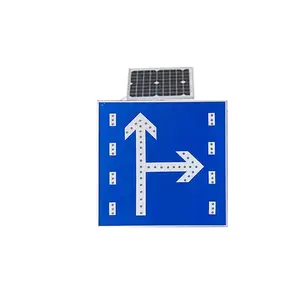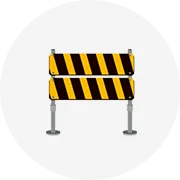
construction light Traffic solar powered Safety Road Barricade light Led Warning Lamp traffic signals warning lights

Factory direct sales traffic light led graphics customizable outdoor waterproof IP66 solar traffic warning light









A solar traffic light is a type of traffic control device that uses solar energy instead of electricity to control traffic flow. Solar road signs detect vehicles and pedestrians using photoelectric cells and activate lights accordingly.
Solar-powered traffic lights help regulate traffic flow and improve safety. Solar traffic lights are used in locations ranging from highways to intersections to construction sites. At highway intersections, solar traffic signs can help control traffic flow, minimize the possibility of accidents, and direct drivers more efficiently. A solar street sign can coordinate traffic and keep it flowing smoothly at busy city intersections. In construction zones, solar road signs can alert drivers of changes in road conditions, such as detours and lane closures. A solar-powered stop sign provides improved visibility for workers and helps to reduce the risk of accidents caused by poor visibility. Solar-powered street signs can be a lifesaver for drivers in remote areas without access to a power grid. Solar traffic lights provide better visibility, enabling drivers to see what's ahead of them and respond accordingly. Solar traffic signs are great for towns and rural areas lacking access to a power grid or needing improved visibility and control of traffic.
Solar traffic lights are powered by energy from the sun. Using a combination of solar photovoltaic cells and batteries to store energy to power the lights during the day and at night. The solar cells absorb sunlight and convert it into direct current electricity, which is then stored in the batteries for use. Solar stop signs are equipped with sensors and timers that determine when the lights should switch from green to red and vice versa. Solar traffic lights are programmable to account for different traffic levels during peak and off-peak times. The sensors monitor the traffic flow and activate the appropriate signal accordingly. Some solar-powered crosswalk signals also use motion detection to adapt to changing levels of pedestrian and vehicle activity. This helps reduce congestion and makes the intersection safer for all users.